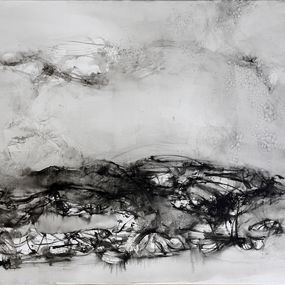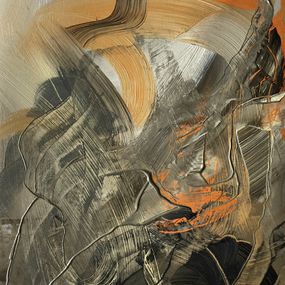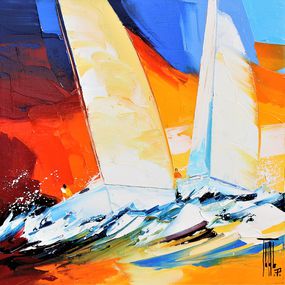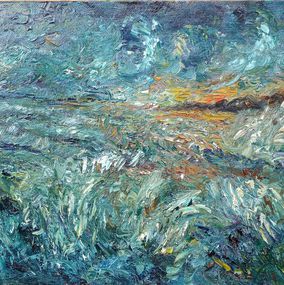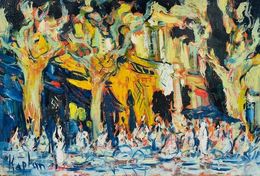
Oil Painting for Sale
Oil painting is a painting technique that involves mixing finely ground color pigments with a binding oil, typically linseed oil, though poppy seed oil is also used. Before applying the paint, the surface must be coated with a primer to ensure proper adhesion. This step is essential for the durability and versatility of the medium, allowing artists to paint on various surfaces such as wood, canvas, or metal.
The origins of oil painting trace back to the Middle Ages, but it was the Flemish painter Jan van Eyck who is often credited with refining the technique. His experiments led to new levels of transparency and depth in artworks, influencing other Flemish painters who helped spread the method. Oil painting soon replaced tempera, which relied on egg yolk as a binder, and became the dominant medium in European art.
During the 15th century, wooden panels gave way to stretched linen canvases mounted on frames, enabling artists to work on larger, more flexible surfaces. This transition, however, came with challenges, as oil paint contained toxic components and required skilled preparation. Despite this, the Renaissance saw a surge in its popularity, with Venetian painters like Titian and Flemish masters such as Rubens embracing the medium. Dutch painters, led by Rembrandt, further advanced oil painting techniques, making it a defining feature of Baroque and later artistic movements.
The 19th and 20th centuries cemented oil painting as the preferred medium for modern artists. Industrialization revolutionized its use, with the invention of pre-packaged paint tubes in France in 1840. This innovation played a key role in the emergence of Impressionism, allowing painters to work outdoors, capturing light and movement in ways never before possible. A century later, acrylic paint began to challenge oil painting due to its quick drying time and ease of use.
A fundamental rule in oil painting is the fat-over-lean principle, ensuring durability by applying layers with higher oil content over those with lower oil content. This method prevents cracking and enhances the painting's longevity. While traditional oil painting techniques continue to thrive, contemporary artists often experiment with unconventional approaches. Some painters leave the canvas unprimed to highlight its raw texture, while abstract artists such as Jackson Pollock abandoned classical methods altogether, using dripping techniques to create spontaneous, dynamic compositions.
Oil painting remains a cornerstone of the art world, with countless artists still using this historic technique to produce remarkable works. On Artsper, discover contemporary oil paintings by renowned artists such as Arman, Salvador Dalí, and Robert Combas, showcasing the timeless beauty and versatility of this celebrated medium.
Save your search and find it in your favorites
Save your search to find it quickly
Saved search
Your search is accessible from the favorites tab > My favorite searches
Unsaved search
A problem occurred


Scène de port animé au petit matin avec bateau à vapeur
Victor Philipsen
Painting - 43 x 65 x 2 cm Painting - 16.9 x 25.6 x 0.8 inch
€1,471
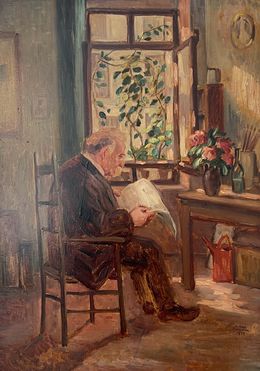
La lecture du journal du matin
Lino Umberto Salini
Painting - 71 x 50.5 x 0.5 cm Painting - 28 x 19.9 x 0.2 inch
€2,051

Paysage de campagne avec arbre fruitier en fleurs
Furlani
Painting - 34 x 40 x 0.5 cm Painting - 13.4 x 15.7 x 0.2 inch
€958

Automne en Bourgogne
Jean-Claude Bligny
Painting - 46 x 55 x 1 cm Painting - 18.1 x 21.7 x 0.4 inch
€1,700
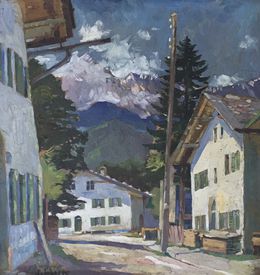

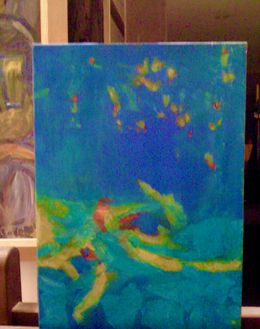
Mer 1990 Deep Sea
Ana Maria Lorenzen
Painting - 40 x 30 x 1 cm Painting - 15.7 x 11.8 x 0.4 inch
€950
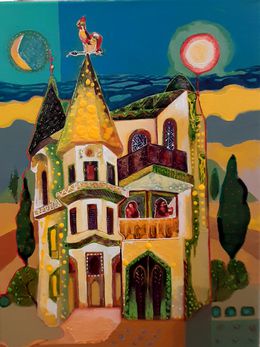
The painter's house
Mariana MeryMax
Painting - 40 x 30 x 2 cm Painting - 15.7 x 11.8 x 0.8 inch
€250


Dame au parapet
Giuseppe De Santis
Painting - 80 x 50 x 2 cm Painting - 31.5 x 19.7 x 0.8 inch
€1,700

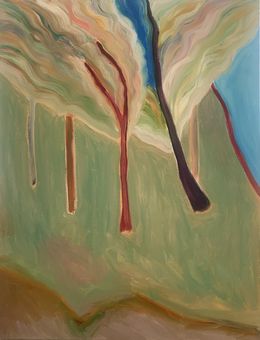
Good things take time
Allyson Jeong
Painting - 65.1 x 50 x 3 cm Painting - 25.6 x 19.7 x 1.2 inch
€2,500



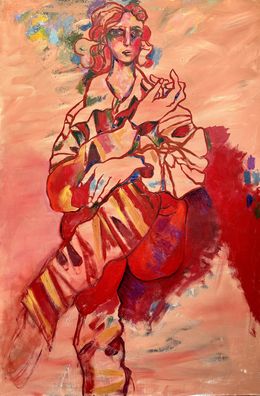
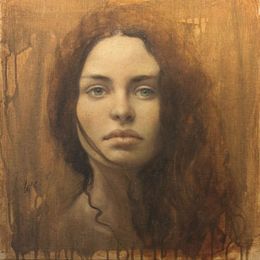

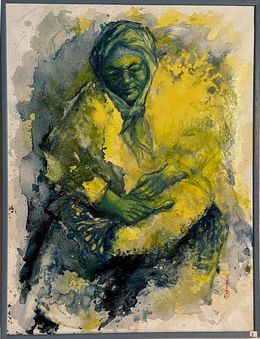
La abuela y sus bolillos
M. J. Carmezim
Painting - 73 x 54 x 2 cm Painting - 28.7 x 21.3 x 0.8 inch
€2,052
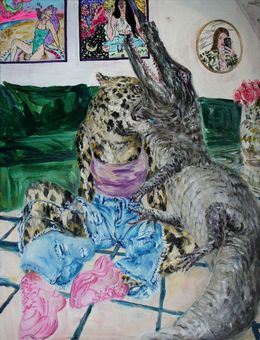
What doesn't kill you is dead
Paulina Halasova
Painting - 110 x 85 x 2 cm Painting - 43.3 x 33.5 x 0.8 inch
€1,685
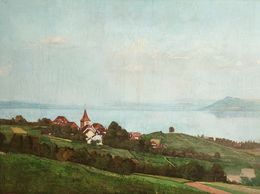
Vue sur le lac dans les hauteurs de Vully
William Victor Aubert
Painting - 75 x 100.5 x 2 cm Painting - 29.5 x 39.6 x 0.8 inch
€1,649




In praise of Annie Leibovitz
Paris Sergiou
Painting - 80 x 120 x 3 cm Painting - 31.5 x 47.2 x 1.2 inch
€1,050

Eggs and Oranges With Vase
Zhang Wei Guang
Painting - 50 x 60 x 2 cm Painting - 19.7 x 23.6 x 0.8 inch
€10,800

Cristo
Josep Serra I Santa Serranta
Painting - 140 x 105 x 4 cm Painting - 55.1 x 41.3 x 1.6 inch
€120,000
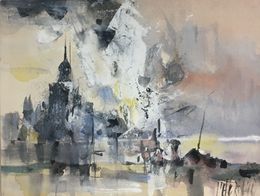
Mont Saint Michel 1963 Saint Michael Mount
Gilbert L'Héritier
Painting - 12 x 16 cm Painting - 4.7 x 6.3 inch
€950 €475
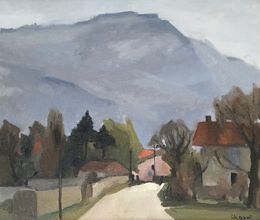
Chemin de campagne
Georges Henri Chapot
Painting - 35 x 42 x 2 cm Painting - 13.8 x 16.5 x 0.8 inch
€947
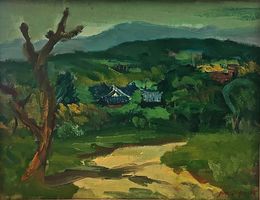
Paysage et Village Sud Coréen 1974 South Korean Village and landscape
Jun Myung Ja
Painting - 32.5 x 42 cm Painting - 12.8 x 16.5 inch
€1,150


RIU Minja Bouddhas 1979 MMCA Collection Museum Modern Contemporary Art Seoul
Min Ja Ryu
Painting - 144 x 112 x 0.4 cm Painting - 56.7 x 44.1 x 0.2 inch
€15,000 €7,500

1978 Porte pour l'éternité Eternity Door MMCA Collection Museum Modern Contemporary Art SEOUL SOUTH KOREA
Ha IN-DOO
Painting - 65 x 50 cm Painting - 25.6 x 19.7 inch
€9,950 €4,975

Nature Morte au Bougeoir et à la Bonbonnière
A. PERRIER
Painting - 46 x 54.5 x 0.5 cm Painting - 18.1 x 21.5 x 0.2 inch
€1,226

Paysage d'Avusy, Genève
Andrée Malval Desbaillets
Painting - 60 x 81 x 1.5 cm Painting - 23.6 x 31.9 x 0.6 inch
€1,995
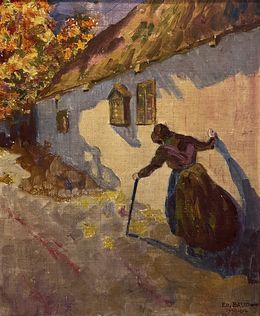
Promenade d'automne
Edouard BAUD
Painting - 38.5 x 30.5 x 0.5 cm Painting - 15.2 x 12 x 0.2 inch
€1,114
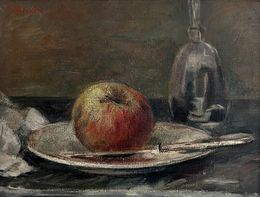
Nature morte à la pomme
Fernand Blondin
Painting - 26.5 x 34.5 x 0.3 cm Painting - 10.4 x 13.6 x 0.1 inch
€1,727

Vue de campagne animée
Marc Proessel
Painting - 50 x 61 x 2 cm Painting - 19.7 x 24 x 0.8 inch
€1,114

Bouquet de fleurs
Hans Gartmeier
Painting - 51 x 39.5 x 0.5 cm Painting - 20.1 x 15.6 x 0.2 inch
€1,003
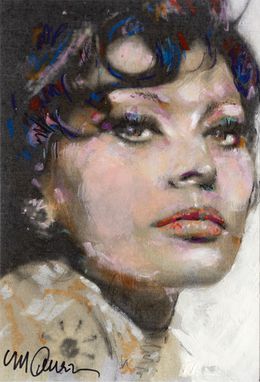


L'art du futur
Alain Husson-Dumoutier
Painting - 98 x 72 x 1 cm Painting - 38.6 x 28.3 x 0.4 inch
€8,970
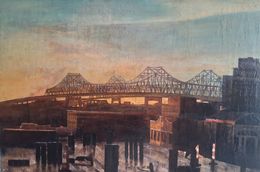


Les gémeaux (bis)
Éléonore Deshayes
Painting - 80 x 60 x 3 cm Painting - 31.5 x 23.6 x 1.2 inch
€2,100
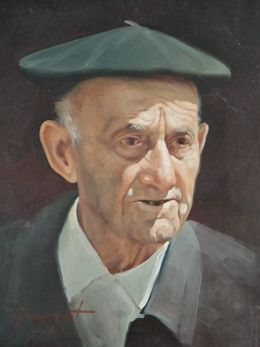
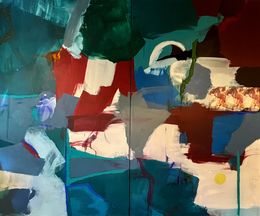
Sànehis niegus gullui ivdni
Berit Louise Sara
Painting - 250 x 300 x 4 cm Painting - 98.4 x 118.1 x 1.6 inch
€15,721


Venise, le Rialto
Marko Stupar
Painting - 50 x 65 x 2 cm Painting - 19.7 x 25.6 x 0.8 inch
€3,500 €2,800
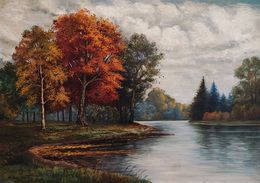
Paysage lacustre automnal
Arthur Amez-Droz
Painting - 65.2 x 92 x 2 cm Painting - 25.7 x 36.2 x 0.8 inch
€1,271
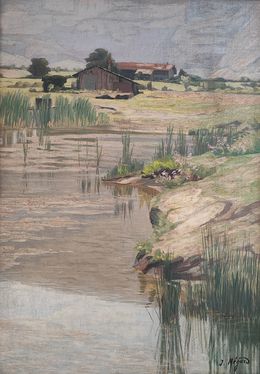
Ferme et marais au pied du Salève
Joseph Mégard
Painting - 61 x 43 x 2 cm Painting - 24 x 16.9 x 0.8 inch
€2,006
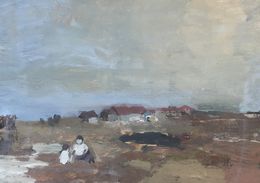
Enfants jouant en bord de rivière
Baldo Gulberti
Painting - 46 x 54 x 0.5 cm Painting - 18.1 x 21.3 x 0.2 inch
€1,950


Firenze Cortile del Bargello
Enrico Bianchini
Painting - 41 x 30 x 2 cm Painting - 16.1 x 11.8 x 0.8 inch
€1,961



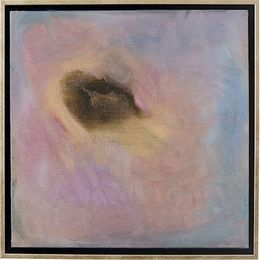

The hug. You are not in anywhere Series
Brenda Sabbagh
Painting - 160 x 130 x 0.1 cm Painting - 63 x 51.2 x 0 inch
€2,800
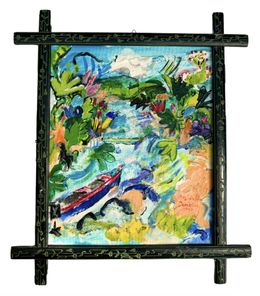

Night nature act
Malina Wieczorek
Painting - 120 x 80 x 2 cm Painting - 47.2 x 31.5 x 0.8 inch
€11,400
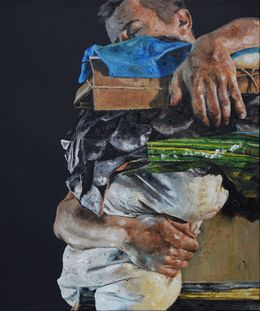
En attendant le jour
Xavier Jallais
Painting - 55 x 46 x 5 cm Painting - 21.7 x 18.1 x 2 inch
€1,450
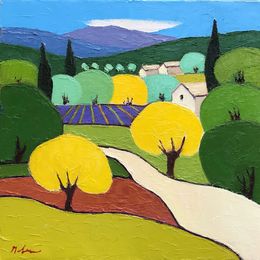
April in Alsace
Mehran Rashidfarokhy
Painting - 50.8 x 50.8 x 2.5 cm Painting - 20 x 20 x 1 inch
€865


Le Fauteuil Bleu
Jean-Baptiste Valadié
Painting - 46 x 38 x 2 cm Painting - 18.1 x 15 x 0.8 inch
€2,800

The third boat
Moses Nyawanda
Painting - 111.5 x 83.5 x 2 cm Painting - 43.9 x 32.9 x 0.8 inch
€1,600
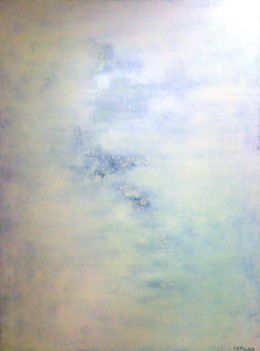



Electric Tulip II
Lowell Nesbitt
Painting - 213.4 x 152.4 x 2.5 cm Painting - 84 x 60 x 1 inch
€72,816
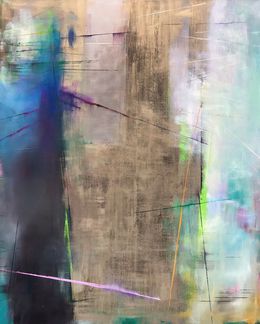
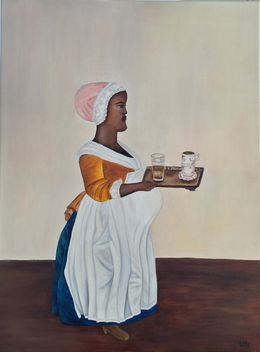

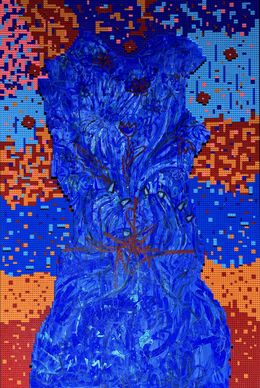
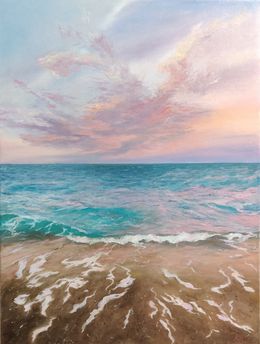
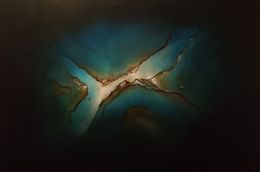
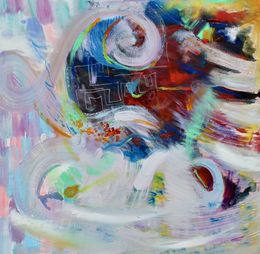
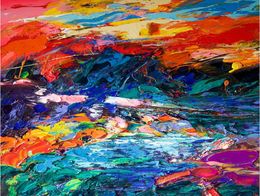
Voyage Au Bout Du Ciel, Gérard Stricher
Gérard Stricher
Painting - 97 x 130 x 5 cm Painting - 38.2 x 51.2 x 2 inch
€16,500
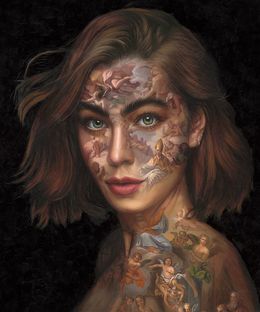
Holy Trinity
Frank E Hollywood
Painting - 130 x 110 x 4 cm Painting - 51.2 x 43.3 x 1.6 inch
€13,500
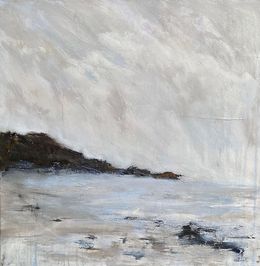
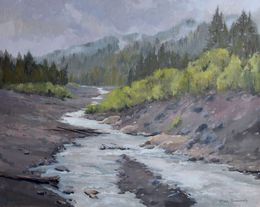
View from Longmire Bridge II
Nancy Romanovsky
Painting - 40.6 x 50.8 x 1 cm Painting - 16 x 20 x 0.4 inch
€1,183
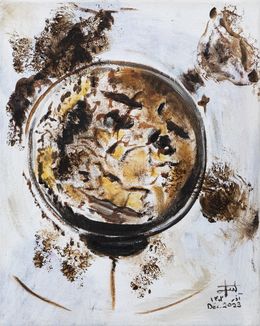
Le fond de ma tasse de café (1)
Andisheh Moghtaderpour
Painting - 30 x 24 x 1.5 cm Painting - 11.8 x 9.4 x 0.6 inch
€190

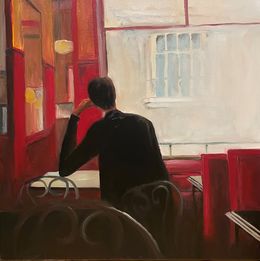
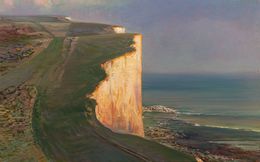
Seven Sisters, no. 1
Brooks Anderson
Painting - 33 x 53.3 x 3.8 cm Painting - 13 x 21 x 1.5 inch
€1,229

View across the lake
Rose-Marie Kossowan
Painting - 40.6 x 50.8 x 2.5 cm Painting - 16 x 20 x 1 inch
€802
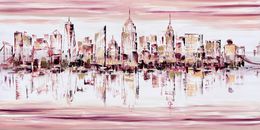
Golden abstract
Tanya Stefanovich
Painting - 71.1 x 88.9 x 2 cm Painting - 28 x 35 x 0.8 inch
€1,029

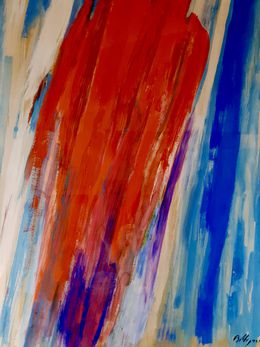

Spring Water In The Buzz
Judy C. Zheng
Painting - 60 x 50 x 3 cm Painting - 23.6 x 19.7 x 1.2 inch
€3,641
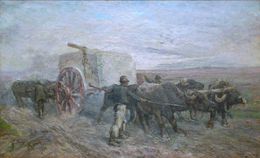
Carriage of Travertine
Giuseppe Raggio
Painting - 80 x 130 x 0.1 cm Painting - 31.5 x 51.2 x 0 inch
€80,000

Revelation
Raimundo de Oliveira
Painting - 73.7 x 101.6 x 2.5 cm Painting - 29 x 40 x 1 inch
€113,775
Discover the styles & movements
Discover the selection of our experts
Oil painting allows for very efficient mixing of colors and tones. Due to its long drying time, it is possible to alter an oil painting days after the paint has been applied. Oil painting also allows for precision and a range of visual effects.
Oil paint and acrylic paint are produced using different materials. While oil painting consists of pigments suspended in drying oils, acrylic paint is water-based. The main difference between the two is that acrylic paints can be thinned down with water, and dry faster than oil paints.
It is easier to correct mistakes when working in oil paint as they are more opaque than watercolors and can be easily scraped off a surface.


